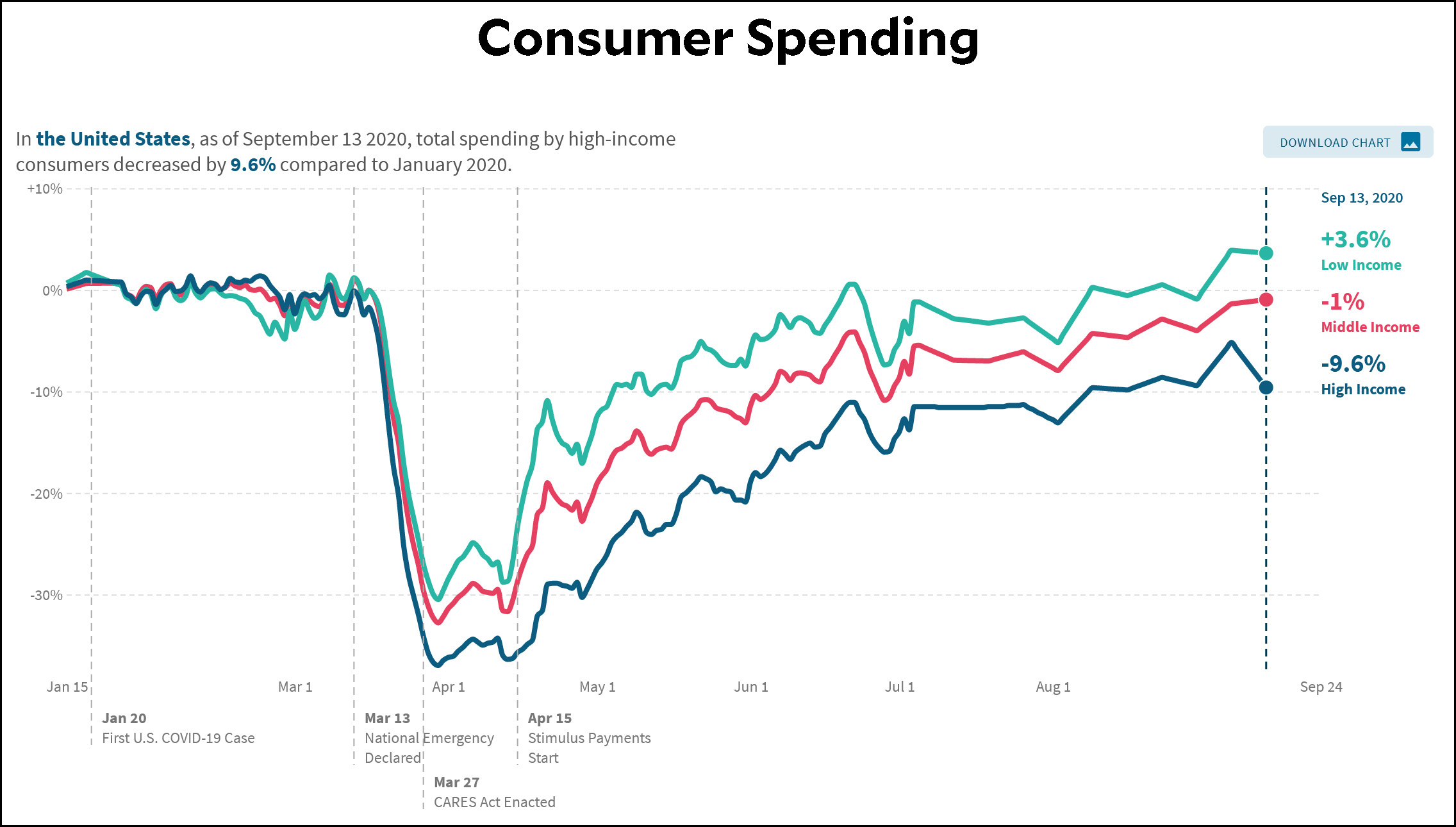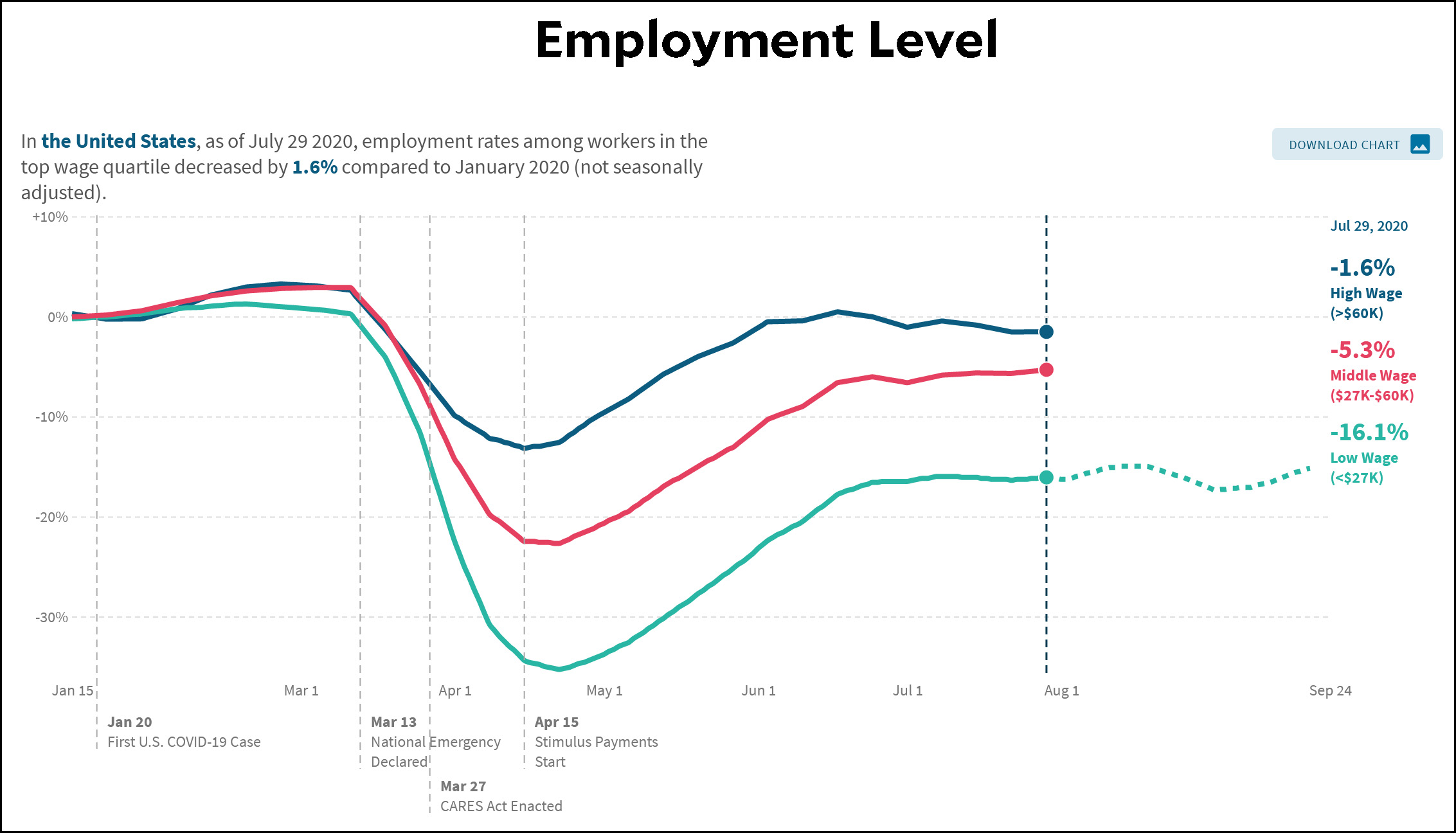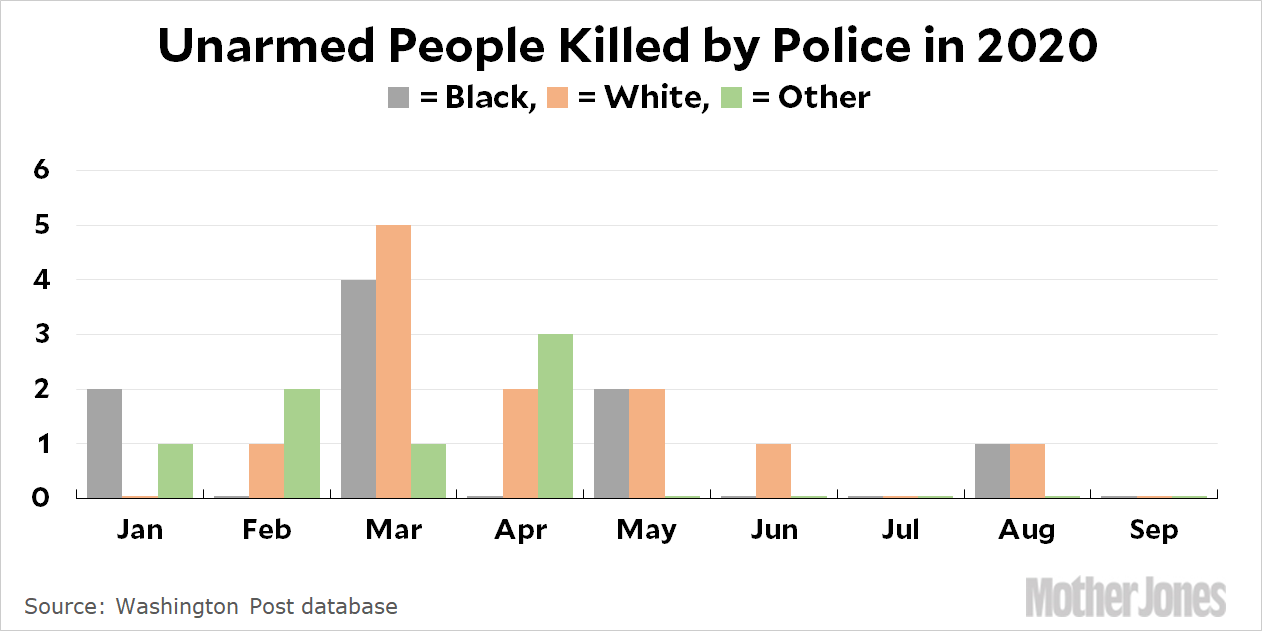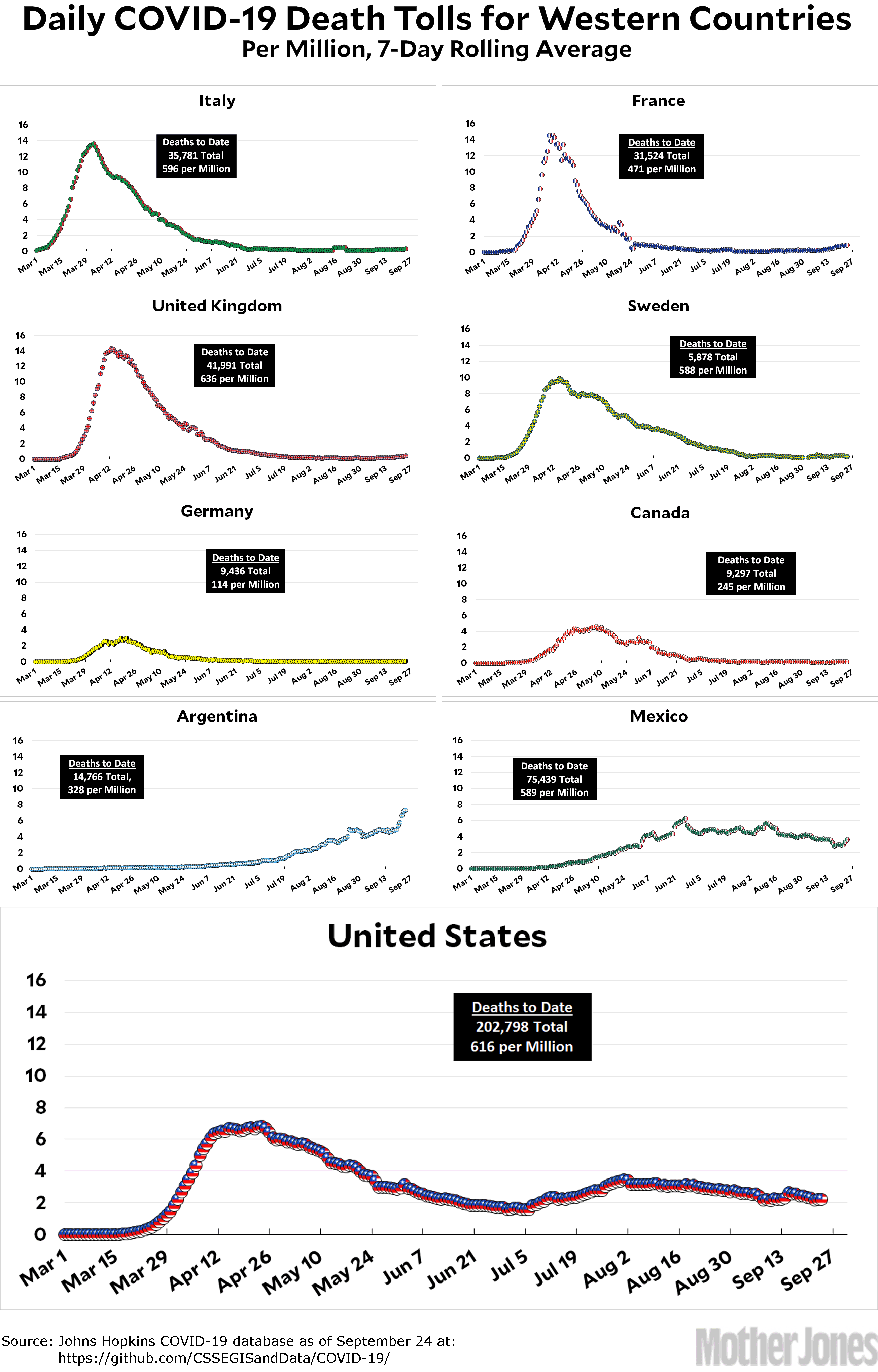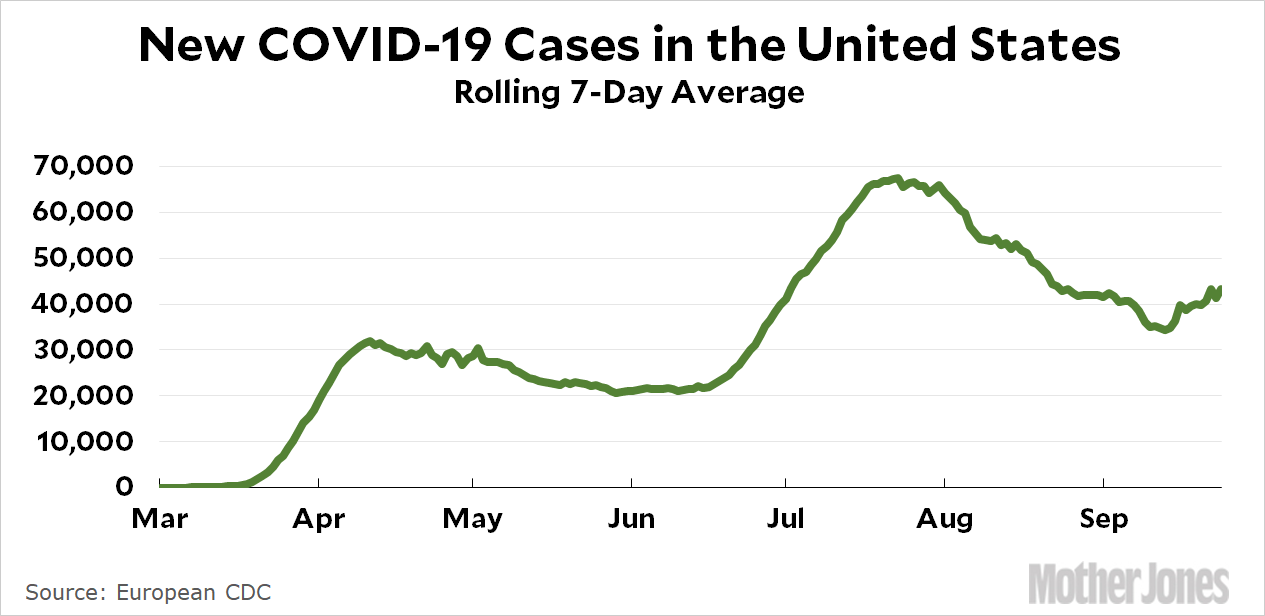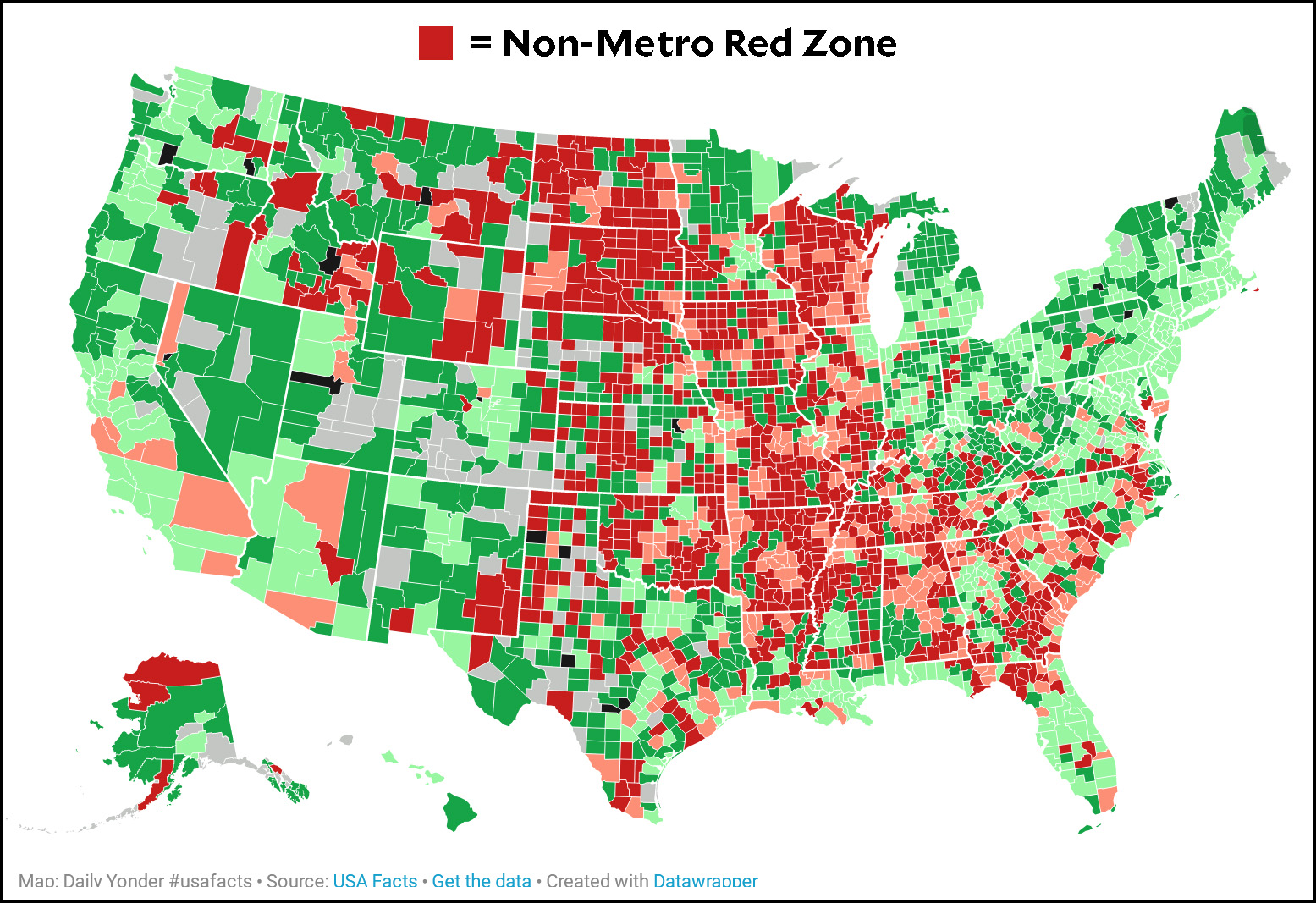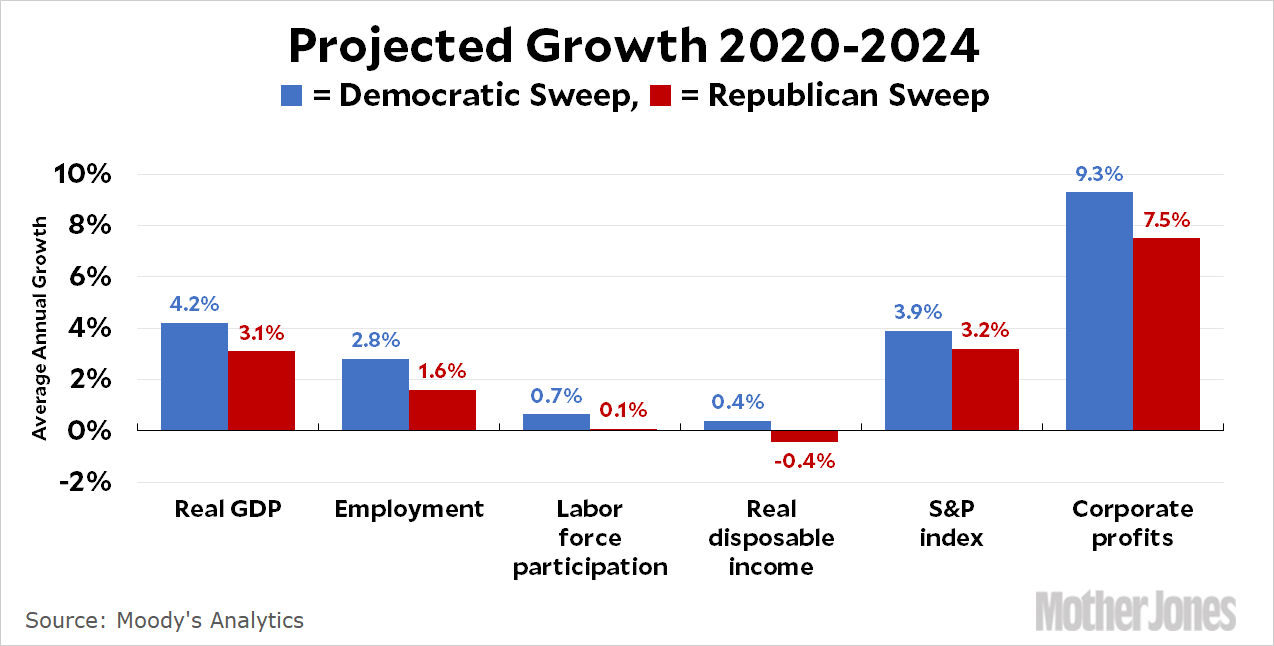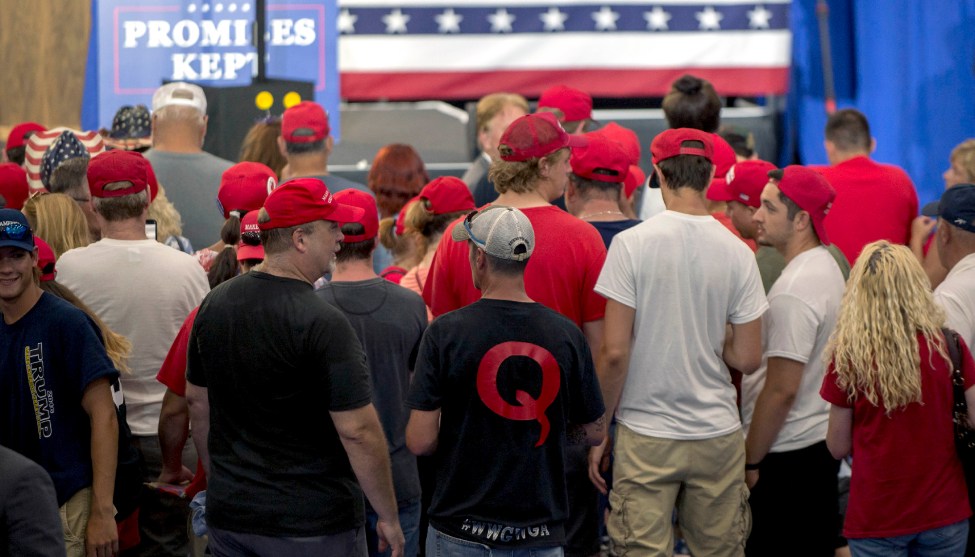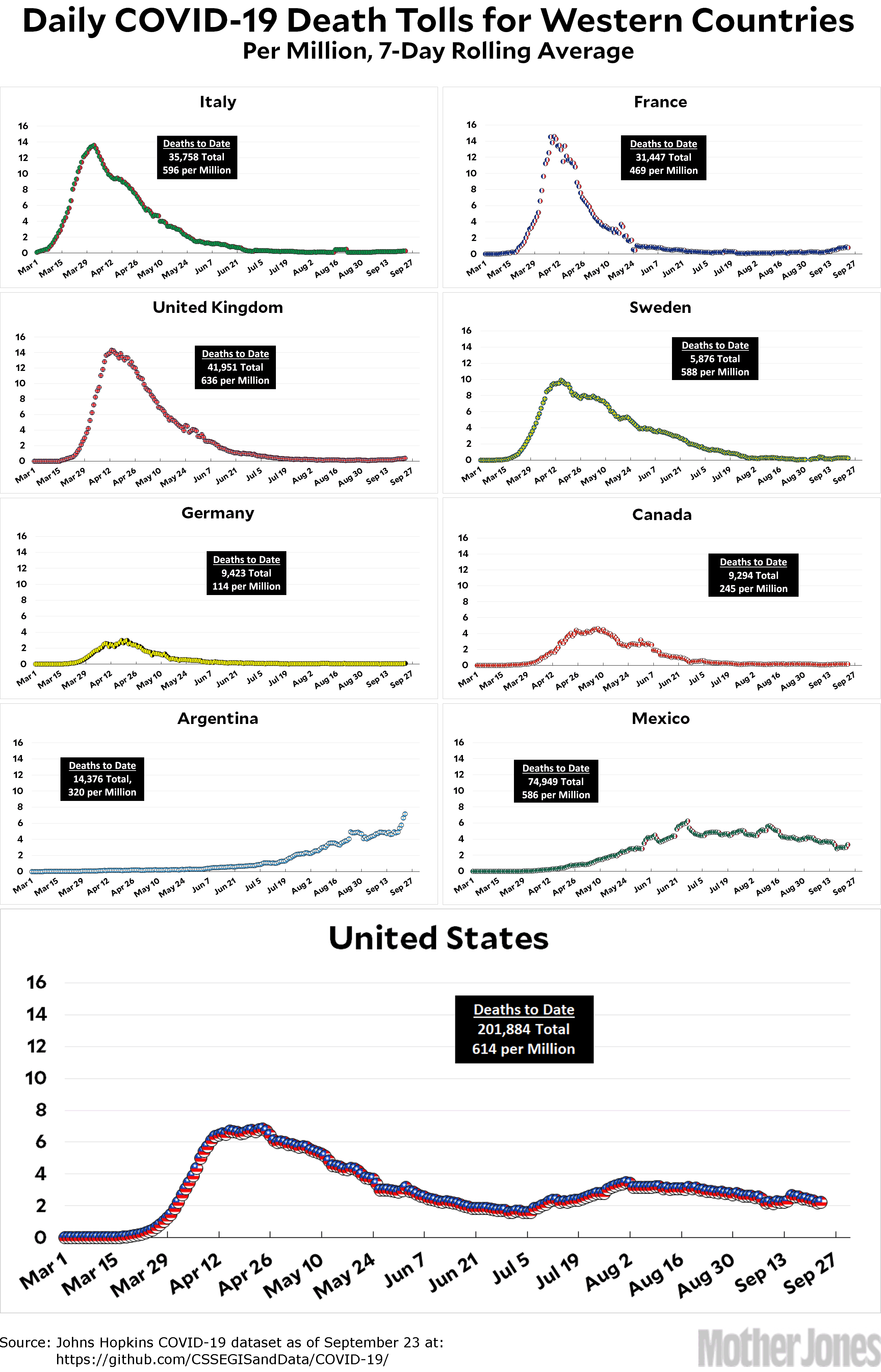Section 230 of the Communications Decency Act of 1996 is foundational to the modern internet. What it says is that internet content providers aren’t responsible for content or comments posted by their users, even if the companies referee that content. This allowed companies like AOL and Facebook to step in and halt things like flame wars or racist diatribes, and to do so however they saw fit without having to worry that they could lose their status as mere common carriers that can’t be sued for things their customers say. Without this legal protection, no one would dare moderate anything and the internet would be a bottomless cesspool.¹
Lately, of course, this has become something of a political punching bag, largely because of conservative complaints that Facebook and other social media companies are unfairly targeting conservatives for censorship. This is fairly laughable if you know anything about the way that ultra-conservative nutbaggery dominates social media these days, as demonstrated daily by Kevin Roose’s roundup of Facebook’s top ten posts. But the Trump administration is nonetheless going forward with a proposal to amend Section 230:
The proposal advances two main goals the Trump administration and the department outlined in June: encouraging online platforms to actively address illicit conduct and manage content on their sites in fair and consistent ways. The department refined its proposal in the intervening months based on feedback from market participants and other stakeholders such as victims’ rights groups. As a result of that process, the department made some changes, including clarifying that internet companies would have immunity when they take down material that promotes violent extremism or self-harm, the official said. President Trump is also scheduled to discuss “protecting consumers from social media abuses” at a meeting Wednesday with state attorneys general, according to the White House.
….Mr. Trump and GOP lawmakers have complained about what they say are biased decisions to censor social-media posts or block certain users. Democrats, including presidential nominee and former Vice President Joe Biden, say platforms need to do more to curb the spread of false information.
You can safely ignore the stuff about illicit conduct. That’s pretty uncontroversial and bipartisan. The key addition is a clause that forces social media companies to regulate content “in fair and consistent ways.” The proposal spells this out as (a) having clear terms of service, (b) applying those terms of service to everyone, (c) not removing material on pretextual grounds, and (d) explaining all decisions clearly.
This proposal isn’t going anywhere until next year at the earliest, so there’s no special reason to examine it in detail until after the election. For all anyone knows, it might be little more than symbolic anyway, sort of a shot across the bow that will please conservatives even if it never becomes law. But it’s still something to keep an eye on.
¹That is, even more of one than it is now.


